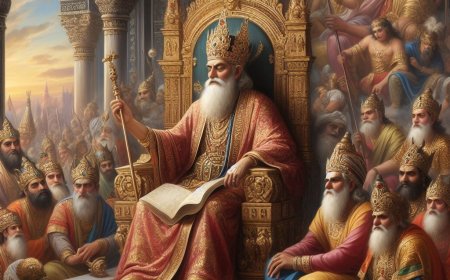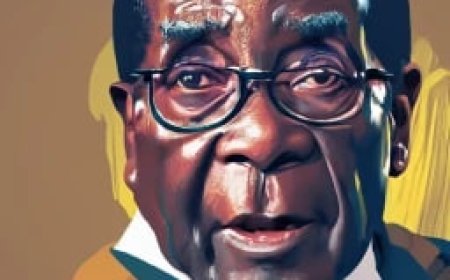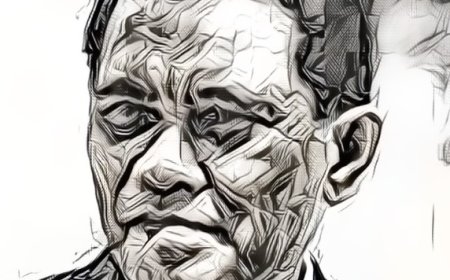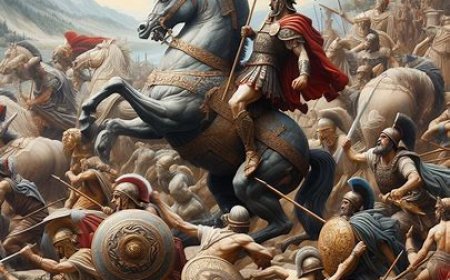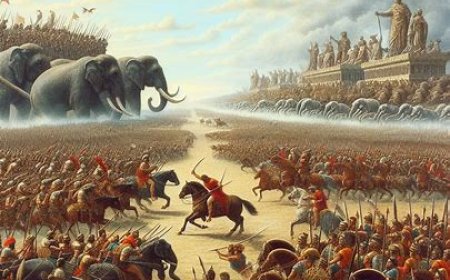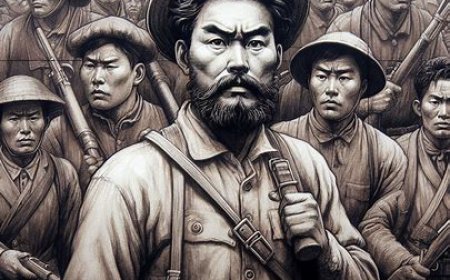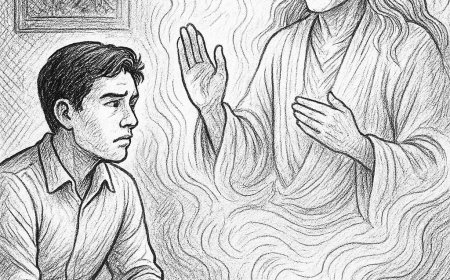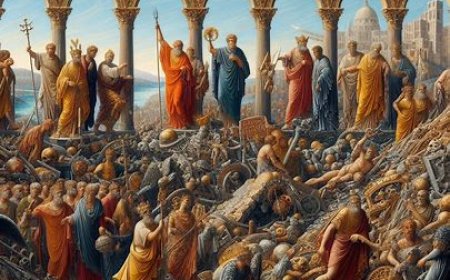Queen Mary I: Power, Religious Conflict, and the Shadowy Era
One of the major tragedies during Mary's rule was the persecution of Protestant adherents. Mary, a devout Catholic, sought to reinstate Catholic supremacy after her brother Edward VI's reign, which leaned more towards Protestantism. She enacted a series of laws aimed at restoring the authority of the Pope and punishing those who refused to comply with these policies.
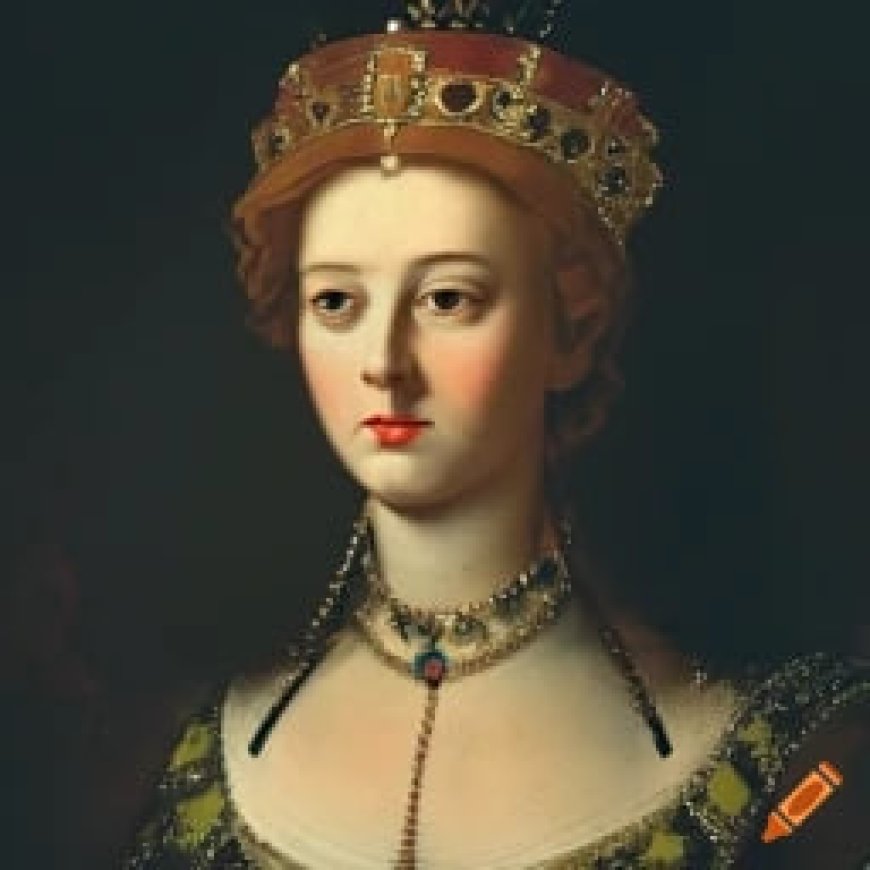
Queen Mary I, commonly known as "Bloody Mary," was the sole daughter of King Henry VIII and Catherine of Aragon, born on February 18, 1516. Queen Mary I ruled England from 1553 to 1558. Her reign was marked by tragedy and conflicts revolving around religious issues, especially in her efforts to restore Catholicism as the official religion of England.
One of the major tragedies during Mary's rule was the persecution of Protestant adherents. Mary, a devout Catholic, sought to reinstate Catholic supremacy after her brother Edward VI's reign, which leaned more towards Protestantism. She enacted a series of laws aimed at restoring the authority of the Pope and punishing those who refused to comply with these policies.
The persecution of Protestant adherents during Queen Mary I's reign created a dark period known as the "Marian Persecutions" or the "Bloody Mary Burning." Here are some key points related to the persecution of Protestants during that time:
1. Bloody Act of Supremacy (1554)
In 1554, the English Parliament passed the Bloody Act of Supremacy, making the acknowledgment of Catholic beliefs a requirement for English citizens. Those who refused to submit to the Catholic Church faced charges of heresy and the possibility of death.
2. Execution of Protestant Leaders
Several prominent Protestant leaders, including Thomas Cranmer, Nicholas Ridley, and Hugh Latimer, were tried for heresy and executed by burning at the stake. These leaders had previously played significant roles in the religious policy changes during the reign of King Edward VI.
3. Public Burnings
A hallmark of this persecution was a series of public burnings of Protestant individuals. Hundreds identified as Protestants were burned alive at the stake or executed in other ways. Prominent figures like Archbishop of Canterbury Thomas Cranmer became some of the most famous victims. This persecution left a profound trauma in English history, earning her the nickname "Bloody Mary."
4. Repressive Measures Against Protestants
Persecution involved widespread repressive actions against the Protestant community. Protestant places of worship were converted into Catholic churches, and those who refused to participate in Catholic worship were punished or prosecuted.
5. Exile and Ban on Protestant Literature
Queen Mary I expelled many prominent Protestant figures and destroyed Protestant books and writings. Protestant readings were banned, and people were prohibited from possessing or disseminating such materials.
6. Influence of Queen Mary I's Husband, King Philip II
Queen Mary I's marriage to King Philip II of Spain also influenced the persecution policies. Philip II had significant influence and was considered adamant in ensuring England's return to the Catholic fold. The failure of Mary's marriage to King Philip II to produce a living heir was a tragedy in itself in the story of Queen Mary I.
Mary died in 1558 without a direct heir, paving the way for her sister Elizabeth I to become the next ruler. Mary's controversial reign left a complex legacy and provided valuable lessons about the impact of religious fanaticism in politics during the 16th century in England.
(source: chatgpt)
What's Your Reaction?












